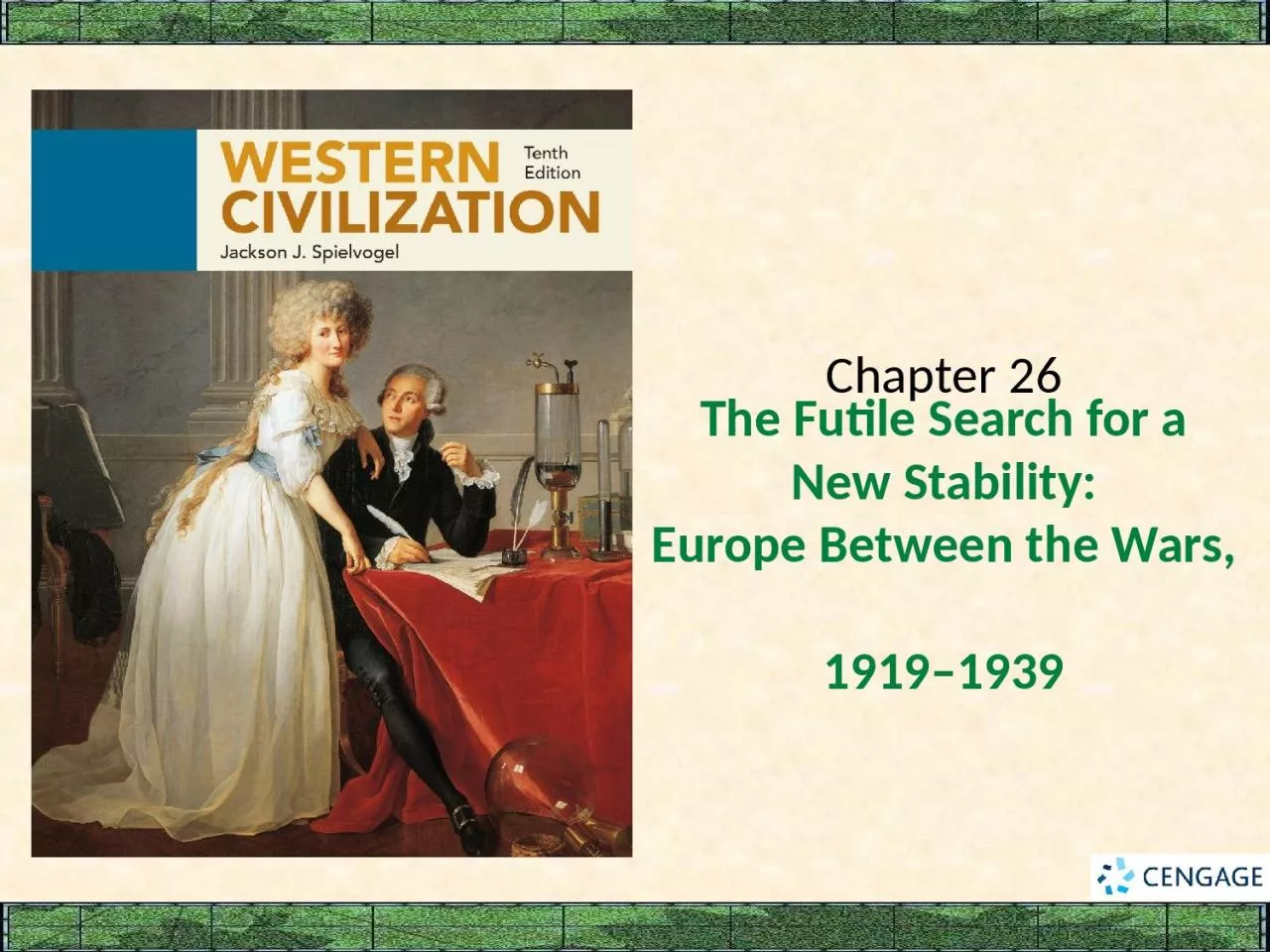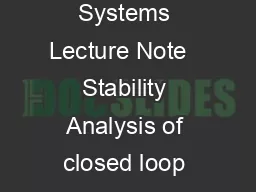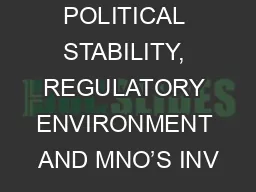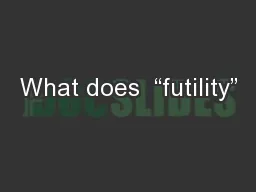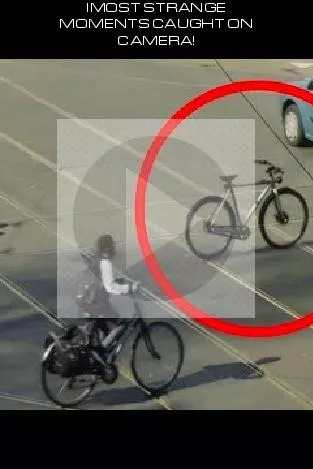PPT-Chapter 26 The Futile Search for a New Stability:
Author : fanny | Published Date : 2023-09-23
Europe Between the Wars 19191939 Focus Questions What was the impact of World War I and what problems did European countries face in the 1920s How did France Great
Presentation Embed Code
Download Presentation
Download Presentation The PPT/PDF document "Chapter 26 The Futile Search for a New S..." is the property of its rightful owner. Permission is granted to download and print the materials on this website for personal, non-commercial use only, and to display it on your personal computer provided you do not modify the materials and that you retain all copyright notices contained in the materials. By downloading content from our website, you accept the terms of this agreement.
Chapter 26 The Futile Search for a New Stability:: Transcript
Download Rules Of Document
"Chapter 26 The Futile Search for a New Stability:"The content belongs to its owner. You may download and print it for personal use, without modification, and keep all copyright notices. By downloading, you agree to these terms.
Related Documents

